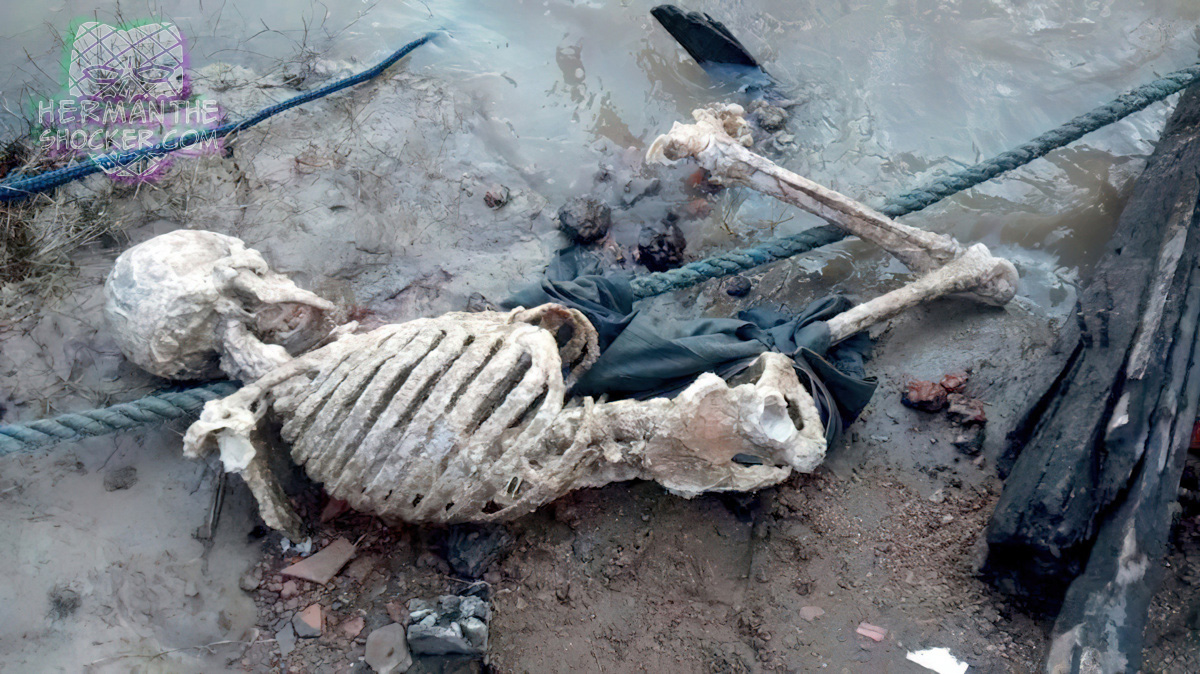Brazil. Rapid skeletonization of remains may occur in bodies of water in tropical areas due to water temperature and carnivorous fish species. This individual reportedly went missing only a few days prior to recovery. Examples of rapid skeletonization of remains have been noted in tropical waters where carnivorous predators are abundant, such as the Amazon region of South America. In the ocean, several species of sharks and other large carnivorous fish commonly feed on human remains. Large portions of human tissue, including entire extremities, have been recovered from the stomachs of sharks with some frequency. Sharks possess several rows of teeth and commonly, the teeth may be recovered from a bite wound. In most cases it will be concluded that the shark fed on the remains after the individual was deceased.
Latest posts








